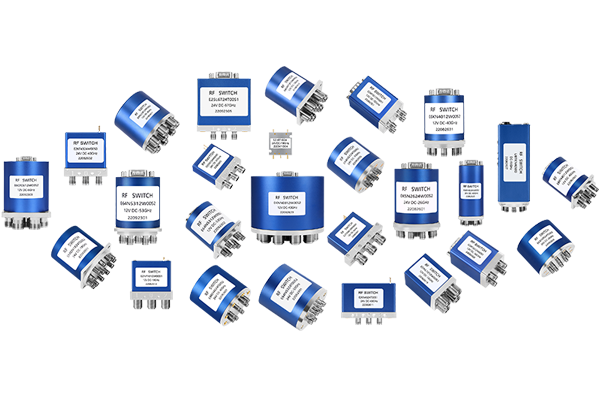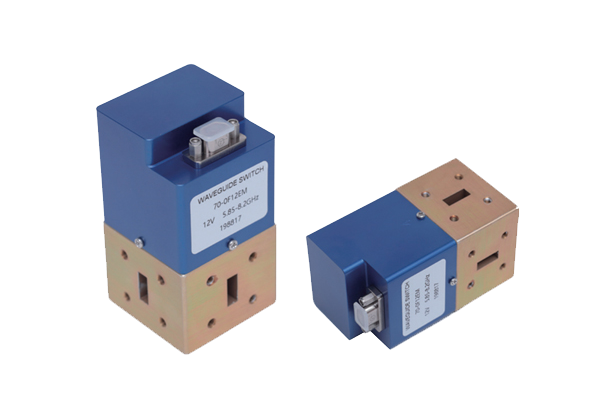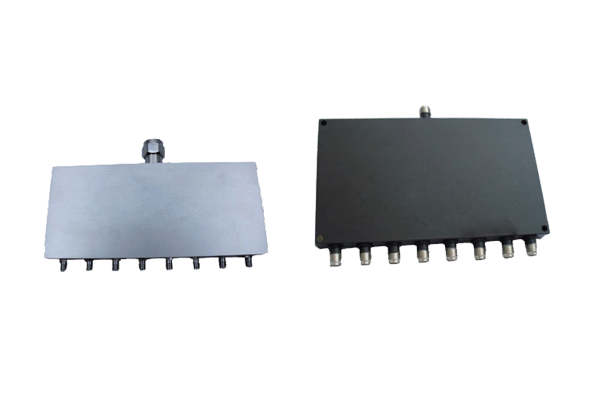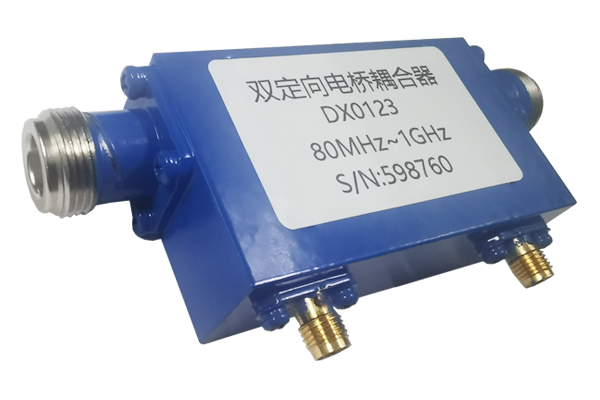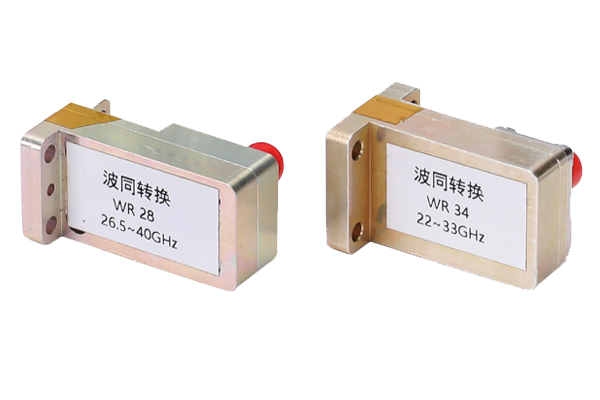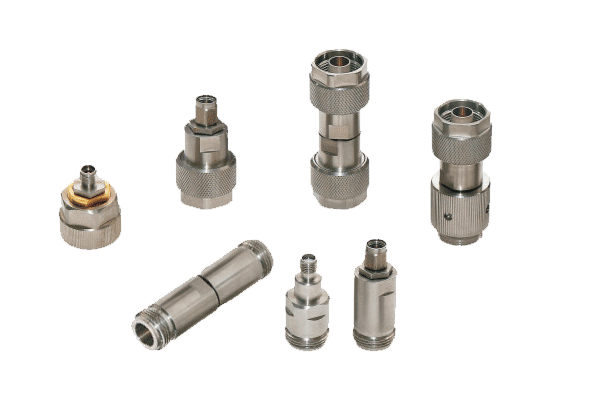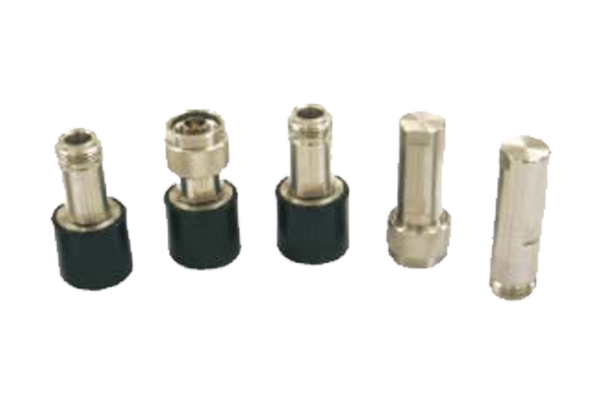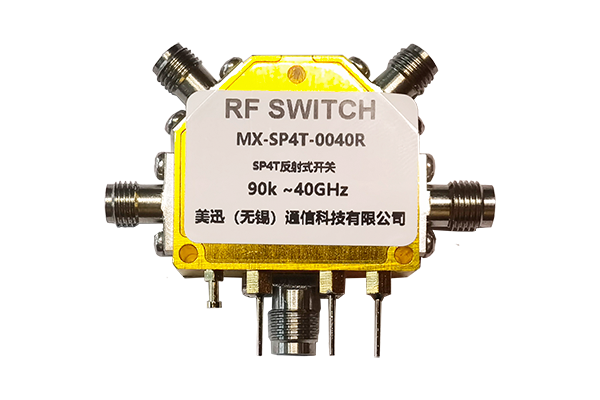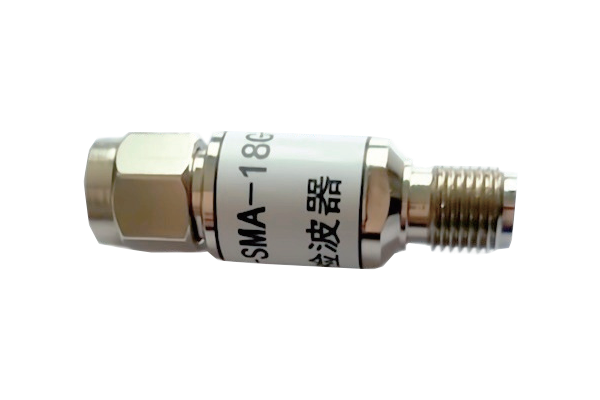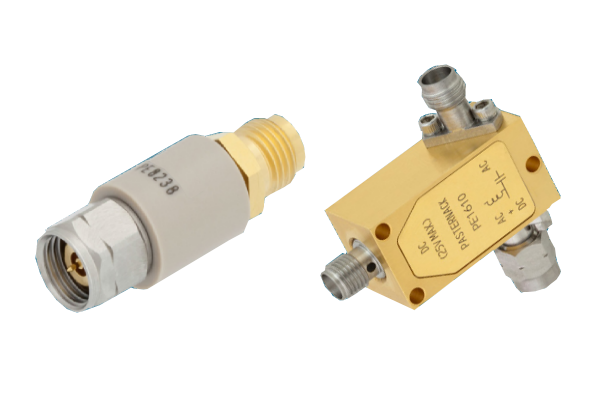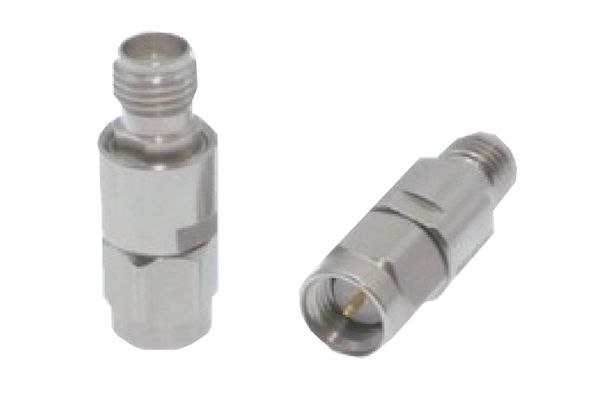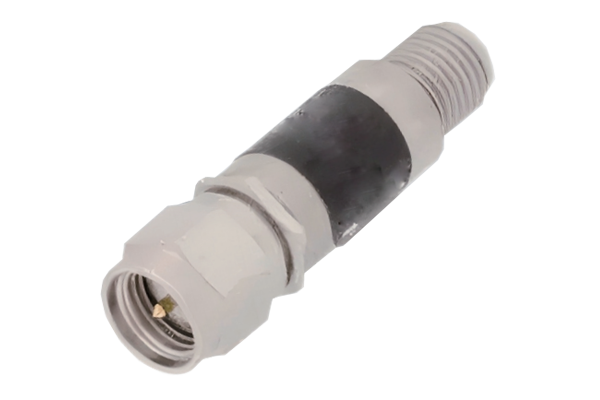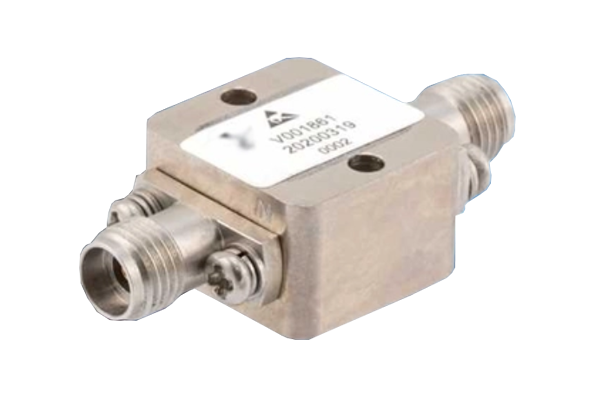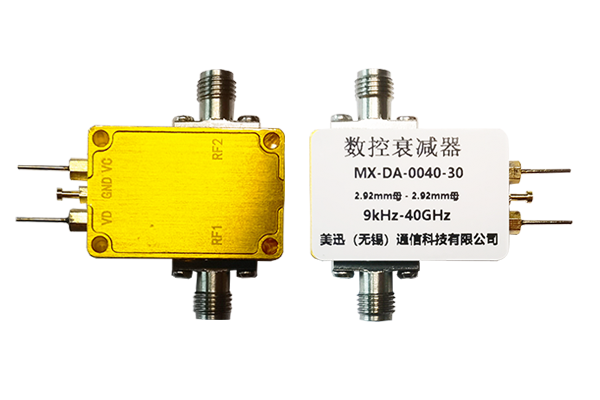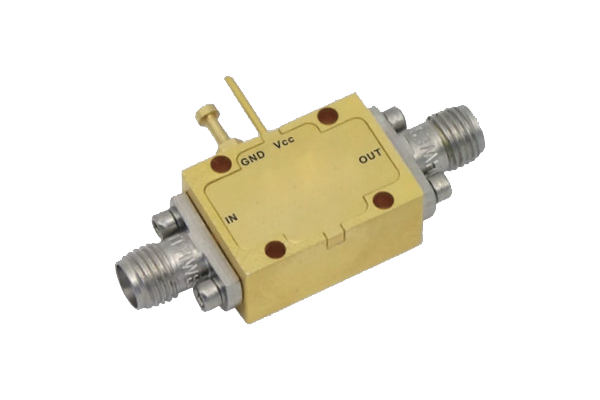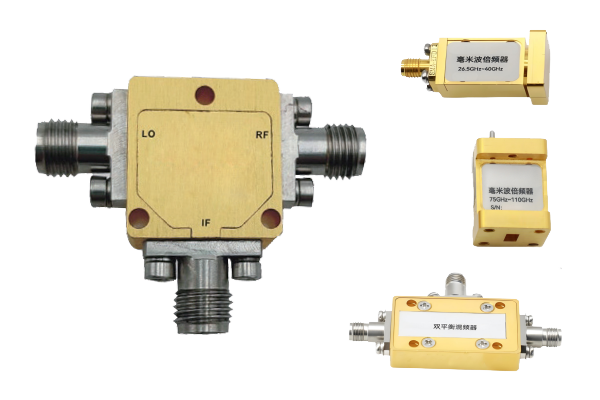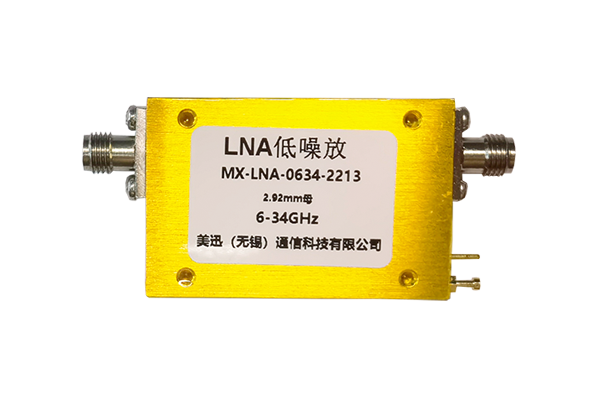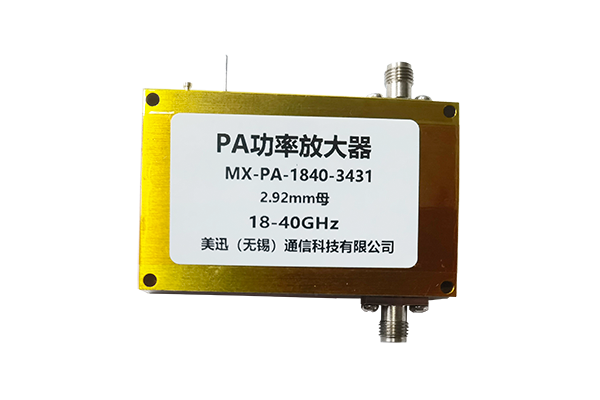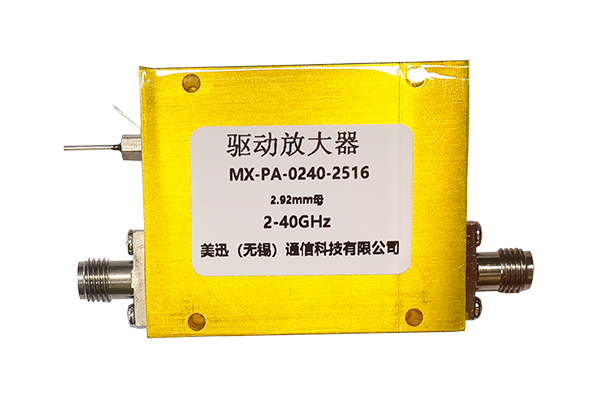Power Handling Characteristics of Coaxial Switches
The power handling capability of a coaxial switch is a critical parameter that determines its reliability and suitability for high-power RF applications. This characteristic defines the maximum RF power the switch can sustain without performance degradation or physical damage.
1. Key Power Handling Metrics
-
Continuous Wave (CW) Power: The maximum sustained power (typically 10W–10kW) the switch can handle indefinitely without overheating.
-
Peak Power: The highest short-duration power (e.g., in pulsed radar systems) the switch can endure without arcing (often 1–100 kW depending on design).
-
Average Power: A function of duty cycle in pulsed systems (e.g., 1% duty cycle allows higher peak power than 50%).
2. Factors Influencing Power Tolerance
-
Contact Material: Gold-plated contacts (common in high-end switches) resist oxidation and handle higher currents.
-
Gas-Filled vs. Air Dielectric: Hermetically sealed, gas-filled switches (e.g., SF6) suppress arcing at high voltages.
-
Thermal Management: Heat sinks or active cooling may be required for high-power switches (>500W).
-
Impedance Matching: Mismatches (e.g., VSWR >1.5:1) can cause reflected power, reducing effective power handling.
3. Failure Modes Under Excessive Power
-
Contact Welding: Overpowering can fuse internal contacts, rendering the switch inoperable.
-
Dielectric Breakdown: High voltages may ionize air/gas inside, causing short circuits.
-
Insertion Loss Increase: Prolonged overloading degrades conductive surfaces, raising losses.
4. Application-Specific Considerations
-
Low-Power Switches (<10W): Used in test equipment or consumer electronics.
-
Medium-Power Switches (10–500W): Common in telecom and broadcast systems.
-
High-Power Switches (>500W): Found in military radar, industrial RF heating, and particle accelerators.



